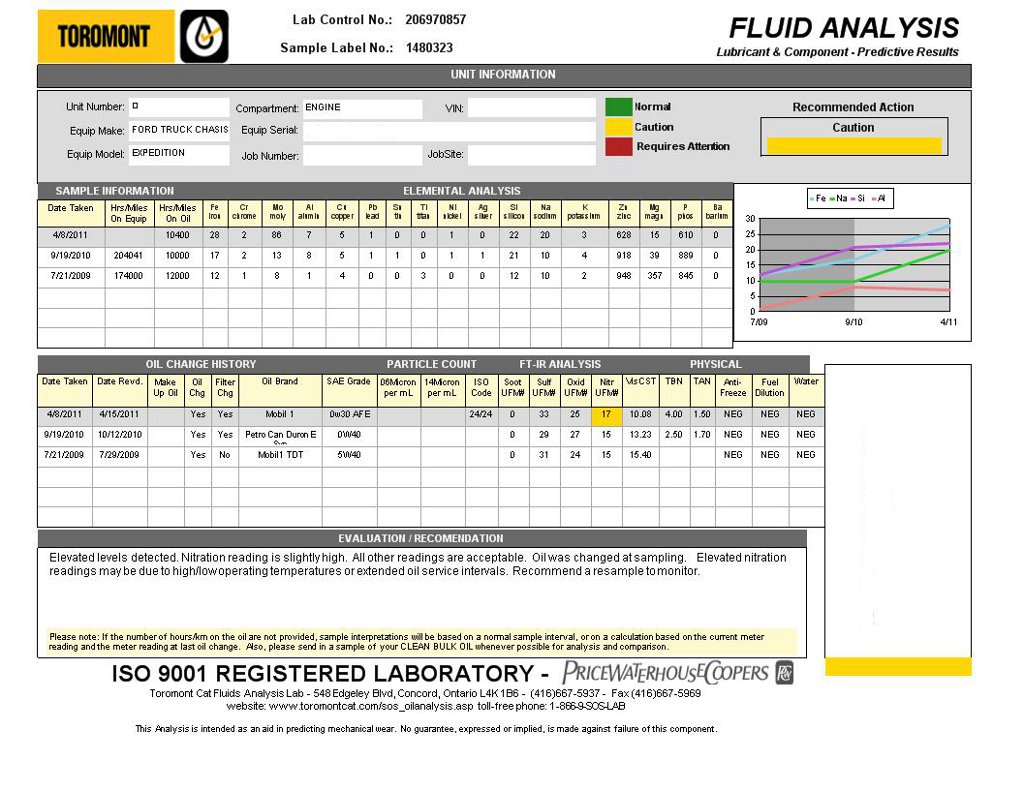Originally Posted By: SonofJoe
Regarding TBN 'retention'...
There's a story that's frequently peddled around the industry, that expensive, over based metallic Salicylate detergents are better on TBN retention than commoner and cheaper over based Sulphonates & Phenates.
This may or may not be true but even if it is, I would dispute the fact that 'TBN retention' is a good thing. The primary purpose of this class of additive is to neutralise acids that build up in the oil and keep that neutralised 'stuff' suspended in the oil. If you have two oils of equal starting TBN and after x miles, under identical conditions, one oil has a lower TBN than the other, then in my book, it has done a BETTER job at zapping acidic species than the other oil.
Think about it! Compare a busy man with an idle, blobby couch-potato. The latter might point to how superior he is in terms of 'shoe leather retention' but it's not the most meaningful of boasts is it?
Very interesting point, and it's something likely not many have even thought about. Do you have any links or other info that talks about this?
Regarding TBN 'retention'...
There's a story that's frequently peddled around the industry, that expensive, over based metallic Salicylate detergents are better on TBN retention than commoner and cheaper over based Sulphonates & Phenates.
This may or may not be true but even if it is, I would dispute the fact that 'TBN retention' is a good thing. The primary purpose of this class of additive is to neutralise acids that build up in the oil and keep that neutralised 'stuff' suspended in the oil. If you have two oils of equal starting TBN and after x miles, under identical conditions, one oil has a lower TBN than the other, then in my book, it has done a BETTER job at zapping acidic species than the other oil.
Think about it! Compare a busy man with an idle, blobby couch-potato. The latter might point to how superior he is in terms of 'shoe leather retention' but it's not the most meaningful of boasts is it?
Very interesting point, and it's something likely not many have even thought about. Do you have any links or other info that talks about this?






